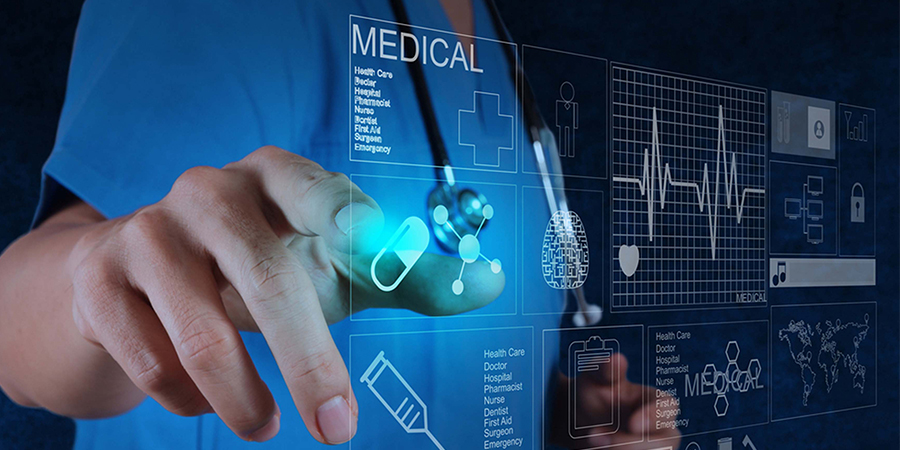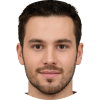According to statistics, the total number of telehealth patients worldwide will grow to 7 million by 2018.
written by:
Anton Rykov
Product Manager, Qulix Systems
According to statistics, the total number of telehealth patients worldwide will grow to 7 million by 2018.
In fact, Big Data, cloud computing, and IoT provide healthcare sector with significant benefits, such as service offer optimization and costs reduction.
So-called e-health platforms represent a basis for this innovation.
Patient health data can be collected and analyzed using a platform, and then provided to doctors and health insurance companies.
Telemonitoring
Telemonitoring technology is perfectly suitable for patients with chronic diseases. It saves them time for personal visits in a hospital.
Furthermore, it can be implemented for nursing and care for elderly and individuals in particular need of assistance.
As an example, e-health platforms can be used for a remote patient health status check and analysis.
In fact, motion sensors detect whether a person has fallen and is not able to call for help by him/herself.
In this case, a nursing service can be timely alerted.
Besides, telemonitoring can be implemented in the following fields: diagnostic measures and success monitoring of aftercare treatment.
Click here to learn about Qulix solution development
Platform connecting patients, doctors, and insurance companies
This kind of connection requires a central IT platform. Such a framework should offer a maximum of flexibility and be adaptable to various use cases.
Concurrently, a suitable platform should bring various user groups together:
1). Patients/persons in care
Patients and persons in care can communicate with a doctor via video call, telephone, e-mail or SMS.
First, medical and motion data are transmitted to the technical platform, and then to medical personnel.
2). Doctors in hospitals and medical practices, physiotherapists, and nursing facilities personnel
This group has an access to patient health data. It allows making a remote diagnosis and checking patient’s health status. Furthermore, medical personnel has an opportunity to contact patients via video conferencing.
3). Insurance companies, professional associations, and enterprises
Insurance companies can monitor rehabilitation therapy progress using e-health solutions. Enterprises, on their side, have a possibility to provide their employees with individual health care programs.
4). Points of care
These include, as an example, outpatient departments and pharmacies. Patients can be examined directly there. Then, the data are transmitted to e-health platform for processing and finally provided to doctors and hospitals in form of reports.
Data collection, analysis, and processing
The key function of e-health platform is gathering, analysis and reporting of medical data. Therefore, information systems used in the medical area require an API.
Similar to big data solutions, an e-health framework has to be able to process and consolidate data from various sources and in different formats.
These include data from medical systems such as ECG and dialysis devices. Added to this are data from IoT devices as well as Internet of Medical Things components that are used by patients at home.

Contacts
Feel free to get in touch with us! Use this contact form for an ASAP response.
Call us at +44 151 528 8015
E-mail us at request@qulix.com





